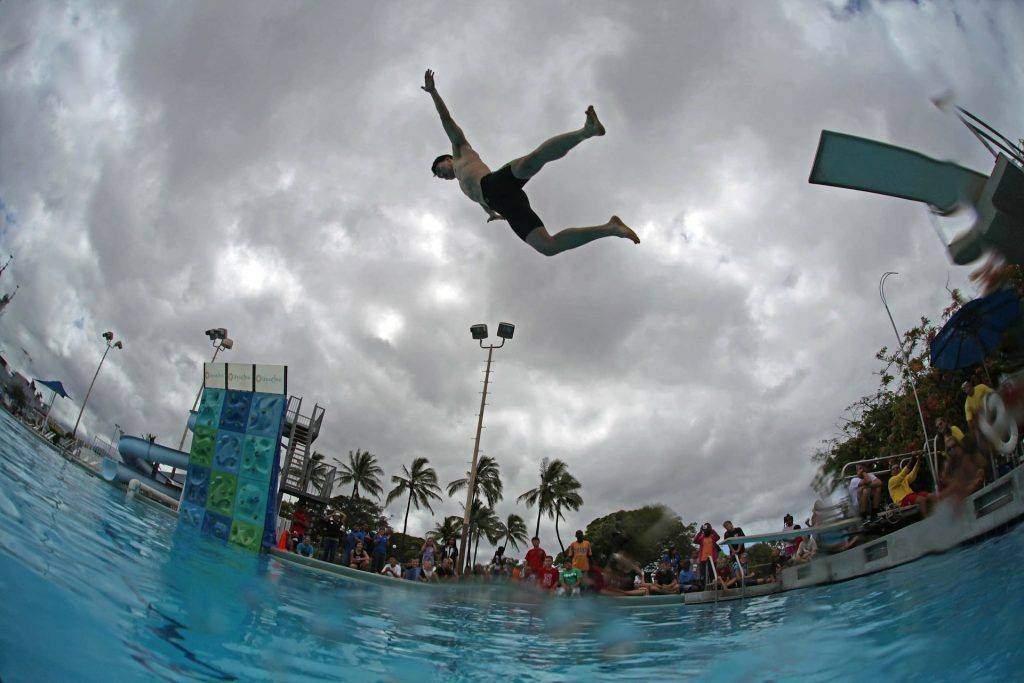
There’s no way you’d want to train in a filthy, dusty, and poorly-maintained gym. You also don’t want to have breathing exercises in the middle of a polluted bustling street. So why is it okay for you to plunge into a grimy pool?
Swimming is conducive to your physical and mental well-being, but your swimming environment should be healthy too. Pools, lakes, and even the ocean can be dangerous places for different reasons. Just because you have all the great swimming equipment, like floaties, rash guards, goggles, and swim caps doesn’t mean you’re a hundred percent safe and sound in the water.
Before giving in to your desperation to cool down, make sure you have a better judgment of the place’s situation. Is it clean and safe? Is it beneficial for your health? Or Is the water level fit for you? Watch out for these 7 red flags that suggest you should not swim there.
1. Cloudy water
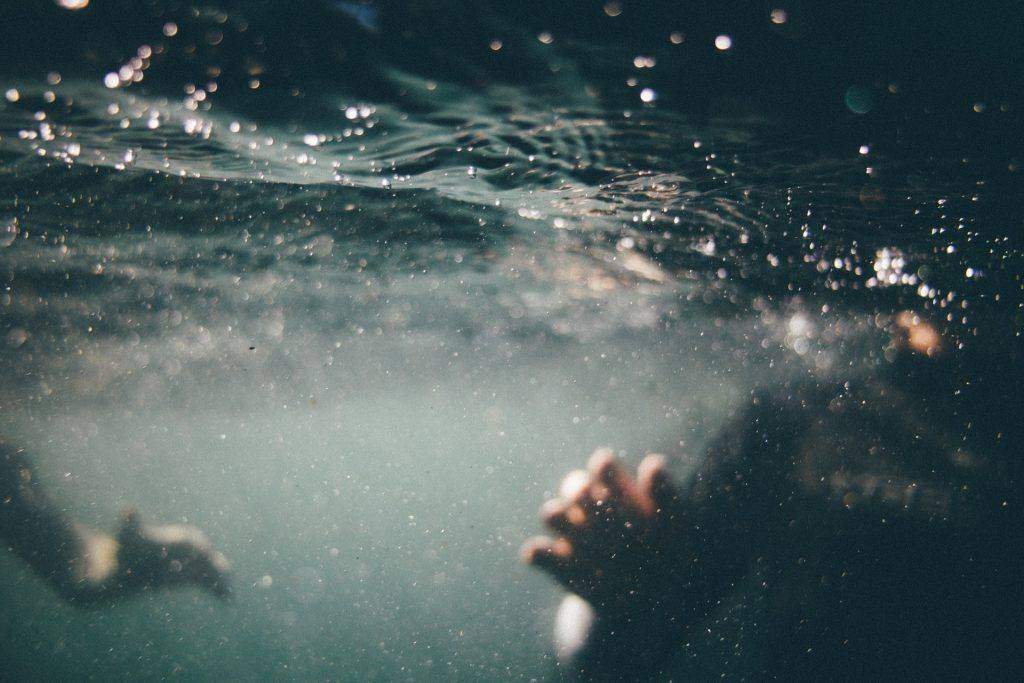
If the water isn’t crystal clear, don’t even think about jumping in. The cloudy water not only implies a gross story about the poor maintenance; the lack of visibility per se poses a threat. The murky water could prevent you from seeing what lies underneath the pool, like sharp things left by other pool-goers. And if someone drowns, like a small kid, for instance, he or she would be hard to discover and be saved promptly.
2. Lack of attendants
The person on duty should be vigilant. Pools, for instance, demand a lot of attention. Aside from the risk of drowning, the pool attendants should be checking the pool’s chemical levels regularly. Forgetting to monitor the chlorine levels and get rid of contaminants can easily make the swimmers sick.
3. Enormous crowd
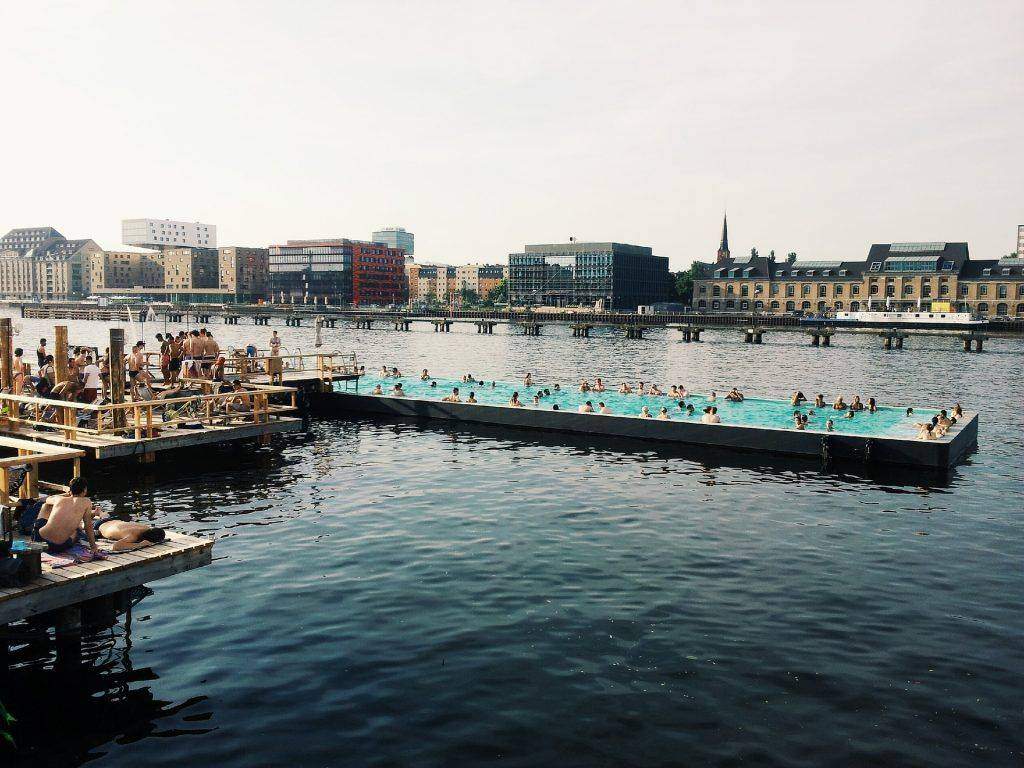
Wanna hear a disgusting truth? The reason why your eyes are red and burning after swimming in a public pool isn’t that of chlorine; it’s because of human wastes that lurk in the water. Pool disinfectants can only do so little when gross stuff like urine, fecal matter, sweat, and saliva are overwhelming.
It safe to say that overly crowded pools should be avoided. Not only they’re gross but they can also bring certain illnesses to swimmers. In addition to health risks, more and more swimmers may also divide the lifeguard’s attention, which means less safety for all.
4. Babies everywhere
Babies aren’t good swimming pals for one good reason – they’re not potty-trained. Diaper leakage, which could easily spread in the entire pool, is difficult to prevent.
5. Algae
Swimming pools aren’t the only things nasty; even natural water forms like lakes and rivers which are beautiful spots to relax and cool off in, have their own disgusting tales. Let’s start with the slimy green stuff – algae.
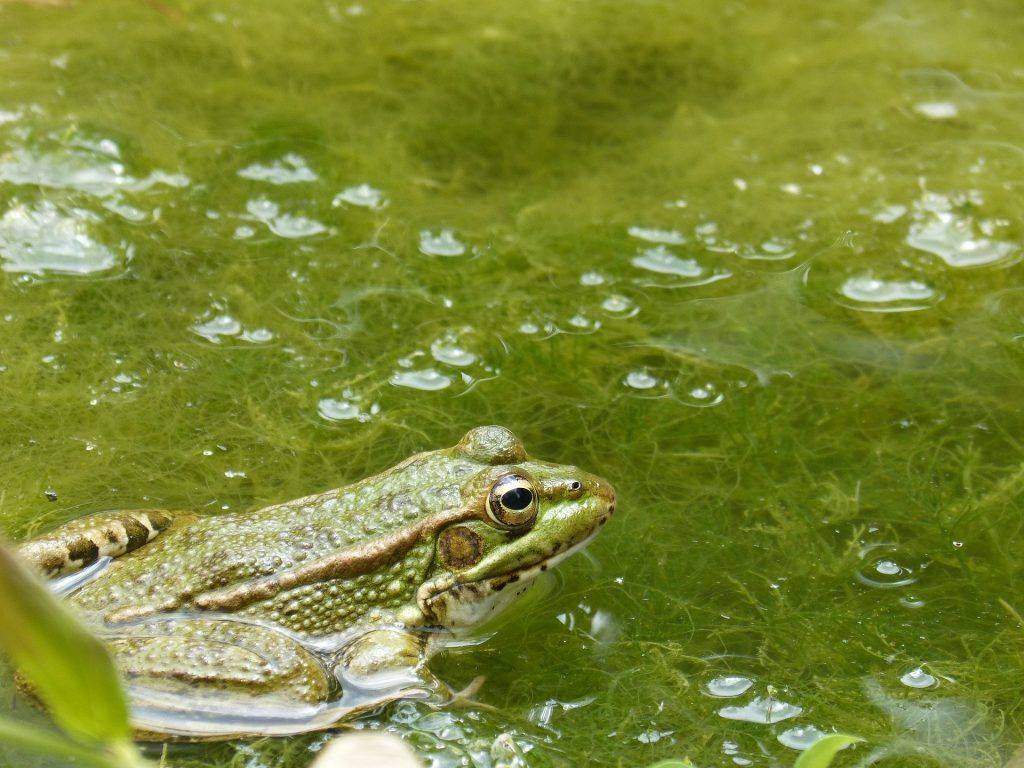
Algal blooms can also be toxic. Blue-green algae are good examples. The often grow often in lakes and they’re capable of killing pets and waterfowls and cause severe illness in humans. It produces several different toxins, including cyanobacteria, which you can be exposed to through skin contact, inhalation, or by swallowing contaminated water.
Algae have a distinctively green, slimy, and often smelly film that floats on the lake’s surface, so it’s easy to spot. Trust your smelling senses; if there’s an off-smell, there may be algae you can’t see and you’re better off leaving the site.
6. There’s a pasture or farmland nearby
We were having a great time swimming in this gorgeous, virgin waterfalls. We sat on the giant rocks and let the strong splashes from above give us a relaxing back massage. Little did we know that the area atop the falls we enjoy was a bathing place for cows and carabaos.
The most common illnesses you experience from water have something to do with manure contamination. That said, you should not swim in areas near a farmland or you’d be swimming in animals’ wastes and filthy runoffs. Additionally, you may buy kits for testing the water quality to ensure they’re free from hazardous bacteria like E. coli.
7. Current is faster than you can swim
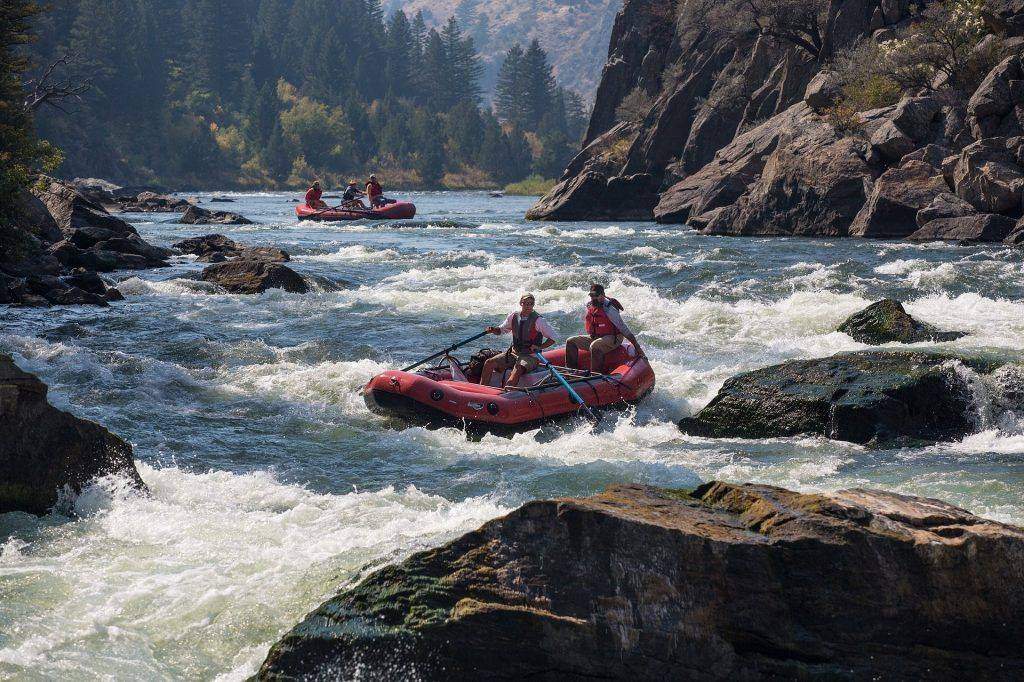
Before swimming into any body of water with a current, make sure to test the waters – literally. Even a strong swimmer or surfer is no match for dangerous currents. Evaluate how fast it is moving compared to your swimming abilities.
Don’t head into water levels that are higher than your shins without testing the currents; If the current is overpowering, even shallow water can wipe you out without warning. To test the waters, throw a stick into the running water to see how fast the current is moving. Check for possible hazards downstream including dams, waterfalls, and whitewater currents, as well as slippery rocks. Also, remember that when a river narrows, the water moves more rapidly through that area to make it through.
8. Riptides
A riptide is a stretch of turbulent water in the sea, caused by tidal flow in confined areas. It presents a hazard to boaters and swimmer as it can carry people far offshore. The kind of shallow water rip is very dangerous especially to children (and folks who can’t swim) who believe they’re safe just because they are in the shallow areas.
One of the ways to check if there could be a riptide offshore is by observing the washed-up debris. If you notice a line of foam, seaweed, or other debris pulled in the opposite direction (away from the beach and out into the ocean), there could be a rip under the foam. Patches of water that are a different shade of blue or a distinct channel of choppy surf are also telltale signs.